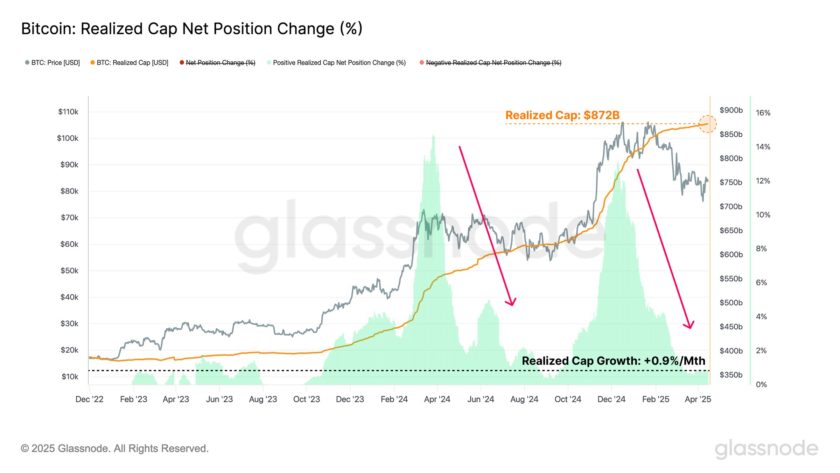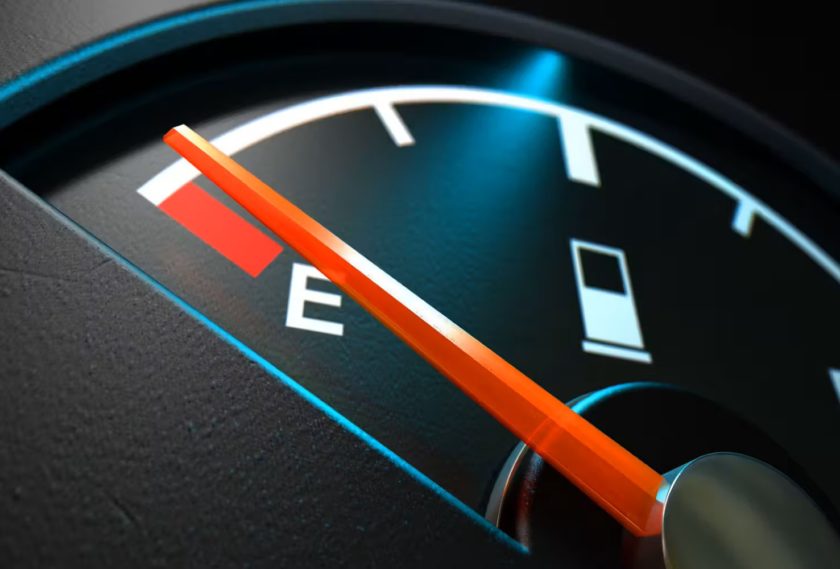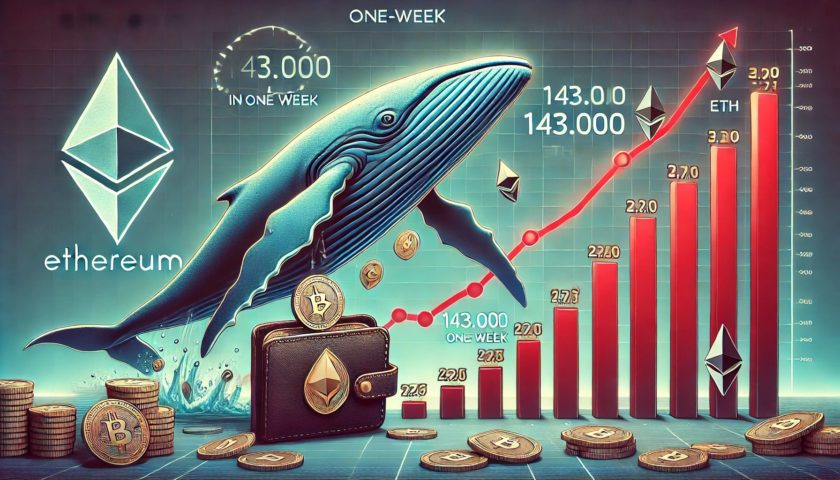While Bitcoin (BTC) has been in the spotlight since the start of the year, and even more so given the recent $1.5-billion Tesla purchase, Ether has not been lagging behind. Ether (ETH) is currently sitting at $1,800, and its network has now processed over 1 billion transactions, mostly on the back of the DeFi sector and also due to growing institutional engagement.
According to Lanre Jonathan Ige, research associate at 21Shares — a European issuer of crypto Exchange Traded Products — “Investors understand that Bitcoin is part of a wider asset class and are now attempting to diversify past Bitcoin.” He further told Cointelegraph that for institutional investors, “the prospect of a pure technology play within the industry is an interesting one and the reason why Ethereum is increasingly compelling.”
As decentralized finance continues to grow, the products built are beginning to reach widespread use. Currently, there is over $47 billion locked in DeFi liquidity protocols. The volume on decentralized exchanges has also grown substantially in the last few months, reaching more than $55 billion across all Ethereum-based decentralized exchanges.
As volume on Ethereum-based decentralized exchanges and on-chain transactions continue to grow, the Ethereum blockchain has become heavily overloaded, demanding a $10 fee for a simple transaction at times. Since trades on decentralized exchanges are executed on the blockchain, swaps on exchanges, such as Uniswap, can cost over $100 at times. Ilya Abugov, advisor at DApp statistics aggregator DAppRadar, clarified what caused the surge in fees, telling Cointelegraph:
“It’s a combination of several factors: new projects listing through DEXs, liquidity mining, deeper project integrations and more. The high gas costs don’t impact whale users as much, and they account for a large portion of DeFi volume.”
As such, the viability of decentralized exchanges comes into question. Will fees continue to increase indefinitely or will the release of Ethereum 2.0 put an end to the high fees? Are there any plans to fix this issue on the current version of Ethereum, and what other alternatives are out there to help lower the cost of decentralized trading both in and outside of Ethereum?
Why are fees so high?
As the number of transactions on Ethereum grows, so do the transaction fees. The fees on the Ethereum network are based on gas price and gas limit. While the gas limit is fairly stable and is relative to the complexity of the transaction — e.g., interacting with a smart contract will be more expensive than a simple transaction — the gas price fluctuates drastically.
When there are too many transactions on the network, blocks begin to fill up and so miners pick the ones with the highest gas price and leave others behind, causing these to take longer. When the price or limit of gas is set too low by the user, their transaction will be unsuccessful and may lose the fee they were initially willing to pay.
Uniswap uses liquidity pools and an automated market maker formula to match orders rather than using order books like centralized exchanges. This means all trades take place on the blockchain through the use of a smart contract that adds the token the user sells to the pool and retrieves the token the user wants to buy from the same pool.
As such, the fees on Uniswap and other Ethereum-based exchanges increase with the usage of Ethereum itself. A simple token swap on Uniswap can cost hundreds of dollars in gas fees, which makes it unsuitable for small traders. Large trades can also be tricky to execute because the more relative the swap’s size is to the liquidity pool, the worst the exchange rate will be.
Nevertheless, Uniswap is the most used decentralized exchange, with over $6 billion volume between Feb. 5 and 11 alone, and is also the biggest gas guzzler on the network. Given the profits being earned by providing liquidity, yield farming and simply holding DeFi tokens, it’s no wonder people are ready to pay hundreds of dollars in fees to swap tokens that haven’t hit centralized exchanges.
But what about the typical user? Will decentralized exchanges be viable for people looking to trade cheaply, efficiently and with no counterparty risk? When asked about the current viability of DEXs on Ethereum, Kain Warwick, founder of Synthetix — a decentralized derivatives protocol on Ethereum — told Cointelegraph:
“Ethereum is currently viable for mainstream use if by that we mean hundreds of millions of daily users. The gas fees are the most obvious friction at the moment, but there’s also plenty of UI/UX improvements to be worked out to make the whole process really accessible to anyone.”
How to save up on gas?
While Uniswap remains the most popular DEX, there are several other Ethereum-based exchanges that use the same AMM model, but these all have the same issue with gas fees. However, some exchanges offer a better rate for certain tokens depending on the liquidity available, which means that it is possible for users to get a better exchange rate than they would on Uniswap.
Decentralized exchange aggregator 1inch searches for the best rates on multiple DEXs, splitting the trade by several pools in order to retrieve the maximum amount of tokens possible all in one transaction. This can be quite useful for large trades where going through multiple exchanges will be beneficial to ensure a better exchange rate, rebating some of the value lost in gas fees. Anton Bukov, chief technology officer and co-founder of 1inch, told Cointelegraph:
“Sometimes, it makes more sense to spend additional $10 on gas fees in order to get additional $50 in tokens. 1inch.exchange takes gas fees into account, trying to optimize exchange rate. For small trades, our Pathfinder algorithm prefers to use cheap DEXs, while for the huge trades, it will more likely use all the possible liquidity.”
While aggregating multiple exchanges does not improve the gas cost for swaps in and of itself, 1inch uses the Chi, a gas token that is minted when the gas price is low and burnt when it is high, which allows the exchange users to save up to 40% in gas fees even if the trade goes through other exchanges, such as Uniswap or SushiSwap.
Another way of reducing fees on Uniswap and other exchanges is to use Wrapped Ether (wETH) directly when swapping tokens for ETH. All trades on Uniswap are conducted with ERC-20 tokens, which means that trades going through an ETH-based pair involve wrapping the ETH and getting wETH in the process. If the user converts their ETH prior to interacting with a decentralized exchange, they can save at least 20% in gas fees.
Layer-two solutions
There are also multiple layer-two solutions available despite being unknown to the general public. Layer-two solutions function by running their own blockchain and “connecting” it to Ethereum through a smart contract that locks tokens on the Ethereum blockchain and releases proxy tokens on the second chain, which allows for cheaper transactions. These are often dubbed sidechains. Transactions on these sidechains are kept decentralized and trustless by a network of validators or watchers that have a similar function to miners on the Ethereum chain.
For example, OmiseGO is being leveraged by Tether (USDT) and Bitfinex to provide cheaper transaction fees for USDT users. Another such project is Skale, which provides lower transaction fees for users but also allows developers to build their own side chains with the parameters that will best serve their decentralized applications. Andrey Belyakov, founder of Opium.network — a decentralized derivatives platform built on Ethereum — believes these solutions will soon get wider adoption from the development community, telling Cointelegraph:
“Ethereum is an excellent source of truth and settlement layer, but not all the activities should happen on layer one. If we look at the traditional financial system, it is still more than millions of times larger than current DeFi. To be mature, Ethereum needs to scale, and L2 is a logical step.”
While layer-two solutions are a viable alternative, they currently function as building blocks that third-party projects can take advantage of. If no one builds venues on these layer-two protocols, then they will not be used by the general community. Bukov believes that this will happen sooner than later, telling Cointelegraph that it’s likely that projects, such as Synthetix, Aave and Uniswap V3, will move to Optimism PBC this summer, which will be the “biggest leap for Ethereum users since the initial Ethereum launch.”
This is what IDEX has done by leveraging optimized optimistic rollups, a layer-two solution similar to OmiseGO’s. Synthetix, a DeFi protocol and decentralized derivatives exchange on Ethereum, has also recently announced a partnership with Optimism PBC in which a trial run will see the Optimistic Network, another layer-two solution, being leveraged for cheaper on-chain trades. The transition to the Optimistic Etheruem Mainnet (OΞ) will allow Synthetix (SNX) token holders to receive rewards by taking SNX, as Warwick explained:
“This incentive is smaller in scale than what still exists on L1, as it was important to ensure the Synthetix protocol continued to provide the utility it already does on L1, but it’s intended as the start of the transition to OΞ, which is expected to take up to several months.”
What about layer one?
While decentralized exchanges have become widely popular with the explosion of the DeFi sector, they have been around for a while and have existed outside of the Ethereum network. Several projects include built-in DEXs for their on-chain assets.
A popular example of this is the Waves platform, which allows users to trade within the official Waves wallet and to pay fees with Waves or another Waves-based token. Inal Kardanov, a board member at the Waves Association, told Cointelegraph: “Waves chain is much more scalable than Ethereum, and transactions are way more cheap.” He added that the transaction fees are around $0.03, clarifying: “This number can grow, but not so tremendously as ETH fees.”
Komodo, a privacy-focused blockchain, has also been working on a decentralized exchange, having been one of the first projects to achieve atomic swaps. Atomic swaps allow users to trade directly between two different blockchains without the need for proxy tokens, such as Wrapped BTC (wBTC), and in a completely decentralized manner.
There are many other blockchain projects offering alternatives for on-chain trading. However, given the overwhelming popularity of Ethereum, they often suffer from low liquidity and, consequently, are unpopular with trades. It would also be hard to say how well these blockchains would handle the same amount of activity currently found on the Ethereum blockchain.
Ethereum 2.0. and DEXs
While there are alternatives to Ethereum-based DEXs and methods to reduce the gas fees, these currently act as a bandaid solution for a flesh wound. Most users are unaware of the Ethereum-based alternatives nor are they willing to switch to other blockchain projects. Therefore, it’s likely that gas fees will continue to be an issue, at least until the release of Eth2. According to Abugov, DeFi simply isn’t ready yet:
“The UX/UI makes it challenging to understand and assess risk; there are lots of technology and algorithmic risks; and costs are too high. For users who have sub $1,000 to allocate to DeFi, $70–$100+ in gas costs is too much. That doesn’t even include platform costs.”
Eth2 will use sharding to split the blockchain in several parts and increase the number of transactions the network can process at once. This will reduce competition for block space and ensure fees do not spike when there’s high transaction volume on the network. However, not all projects can wait for Ethereum 2.0 to arrive, which has forced new layer-two solutions to emerge.
While Eth2 seems to be a long-term solution, it’s not expected to be fully launched until the end of 2021. However, following the recent Financial Conduct Authority’s ban on cryptocurrency derivatives and the Robinhood debacle, where users were disallowed to buy certain stocks, the need for decentralized and permissionless exchanges has never been greater.
It’s likely that DEX’s popularity will continue to grow, especially as complex investment products such as derivatives and margin trading, become available on decentralized platforms. In the meantime, these may start adopting layer-two solutions that will lower fees and make them accessible to the common trader.




